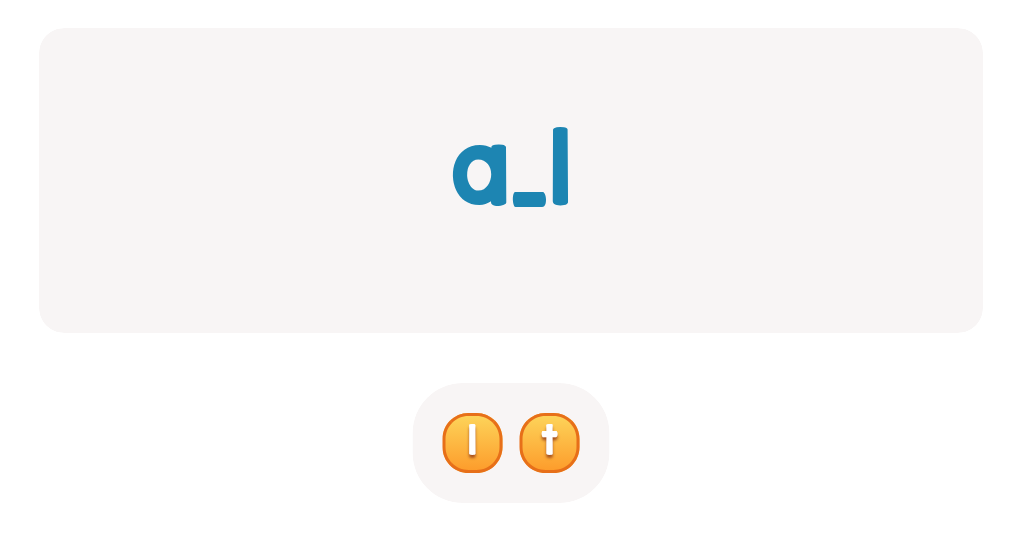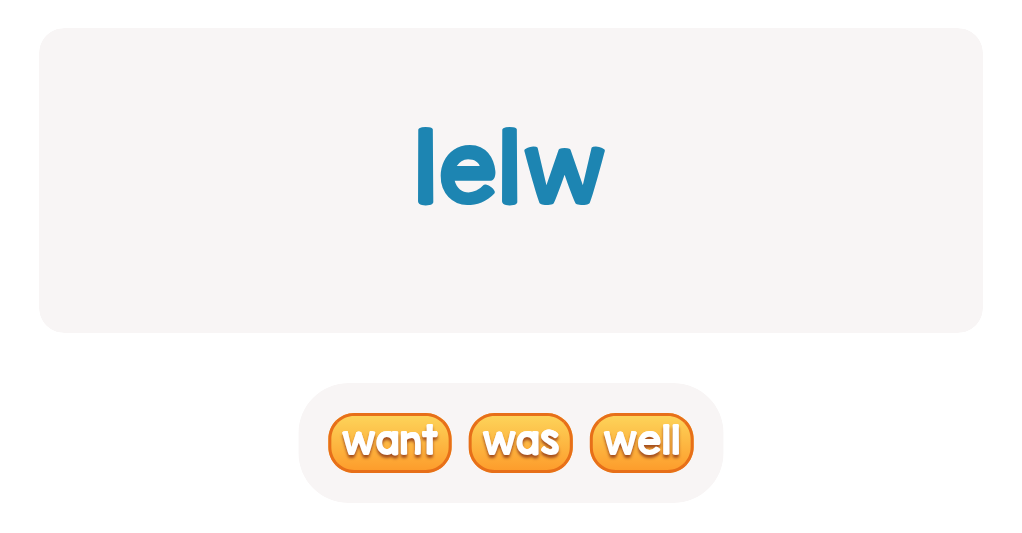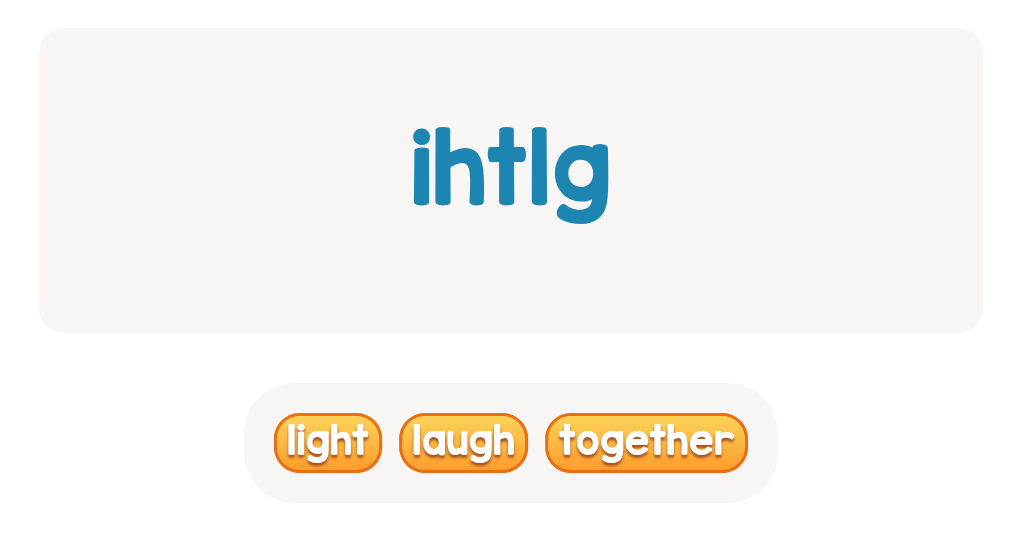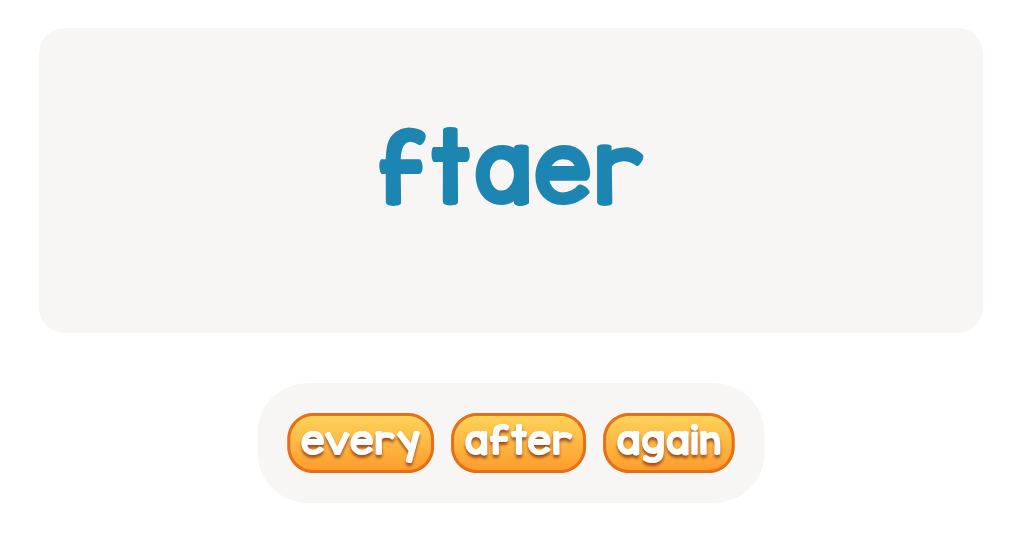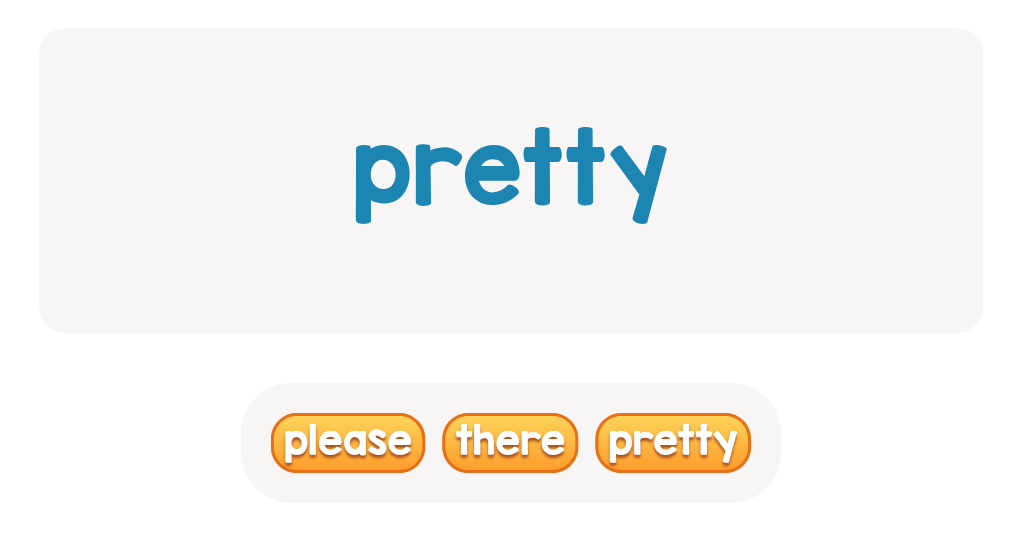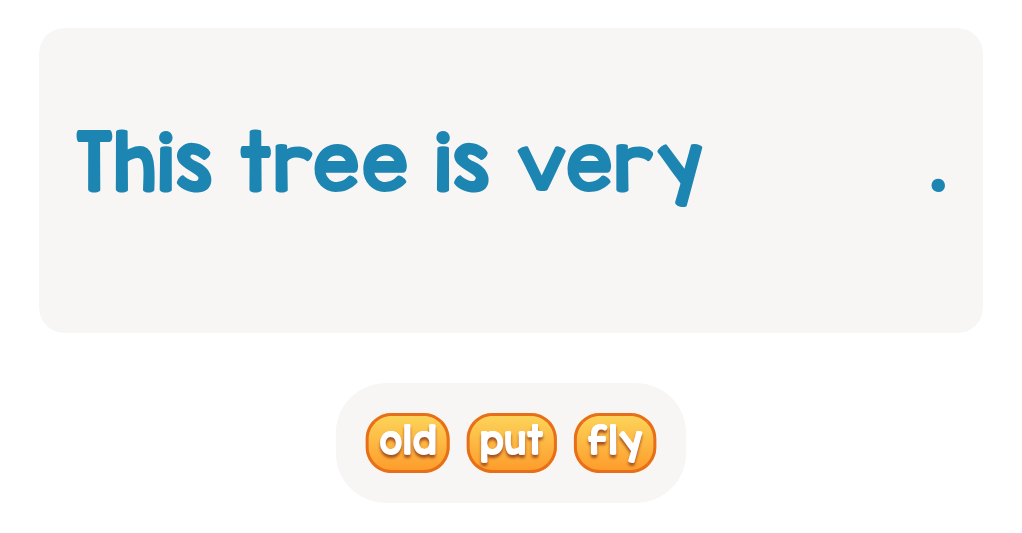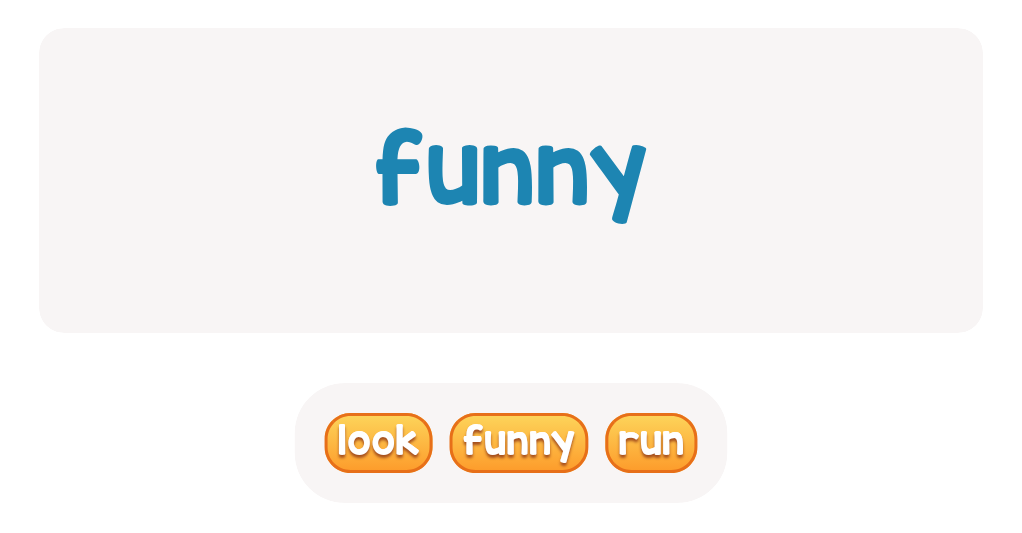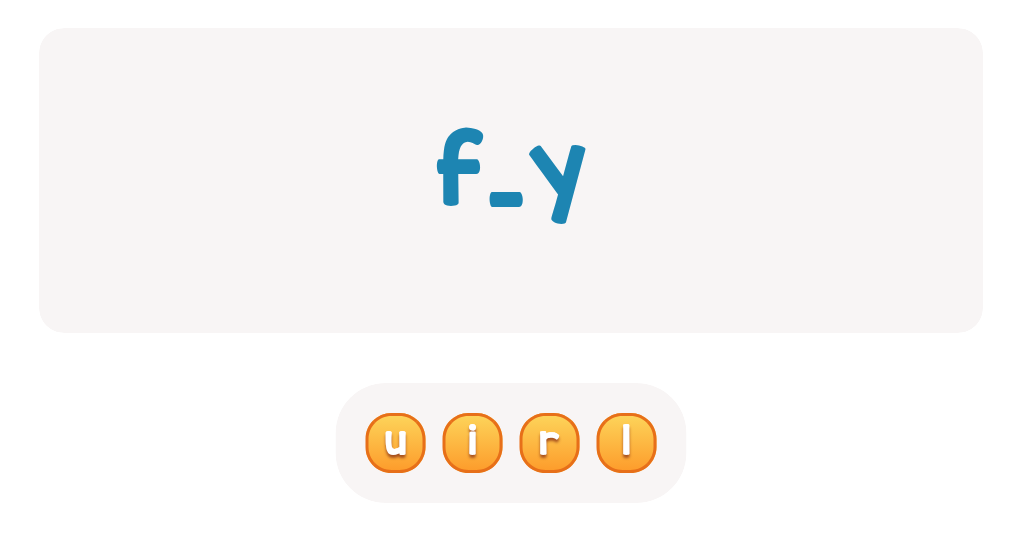Verb identification Building Vocabulary Worksheets for Ages 3-8
3 filtered results
-
From - To
Discover our engaging Verb Identification Building Vocabulary Worksheets designed for children aged 3-8! These interactive worksheets provide a fun and effective way to help young learners recognize and understand verbs, enriching their language skills. With colorful illustrations and age-appropriate activities, kids will enjoy identifying action words while improving their vocabulary. Our resources support early literacy development, making learning enjoyable and accessible. Perfect for teachers and parents, these worksheets can be tailored to individual learning paces, ensuring every child builds a strong foundation in reading and comprehension. Explore our collection today and help your child embark on an exciting language journey!
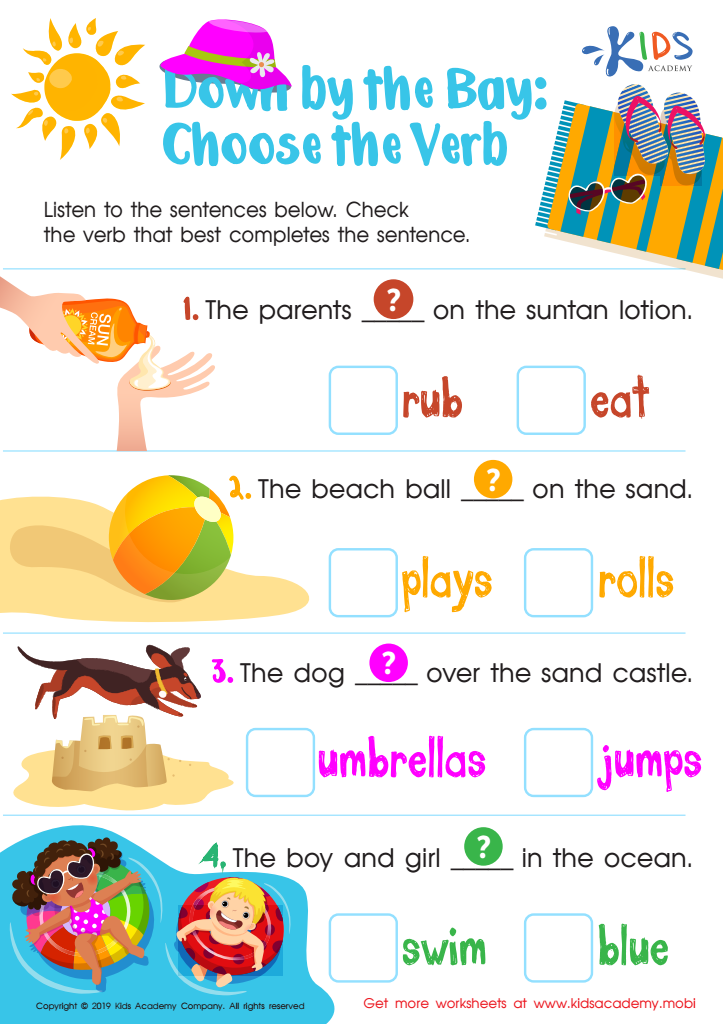

Down by the Bay: Choose the Verb Worksheet
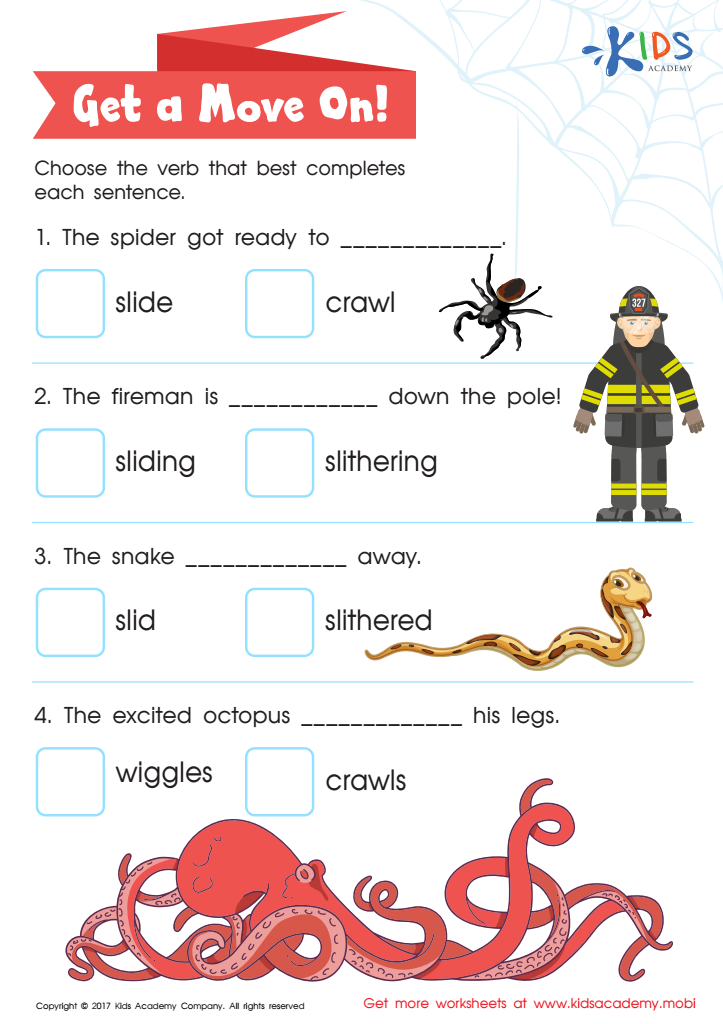

Verb Worksheet
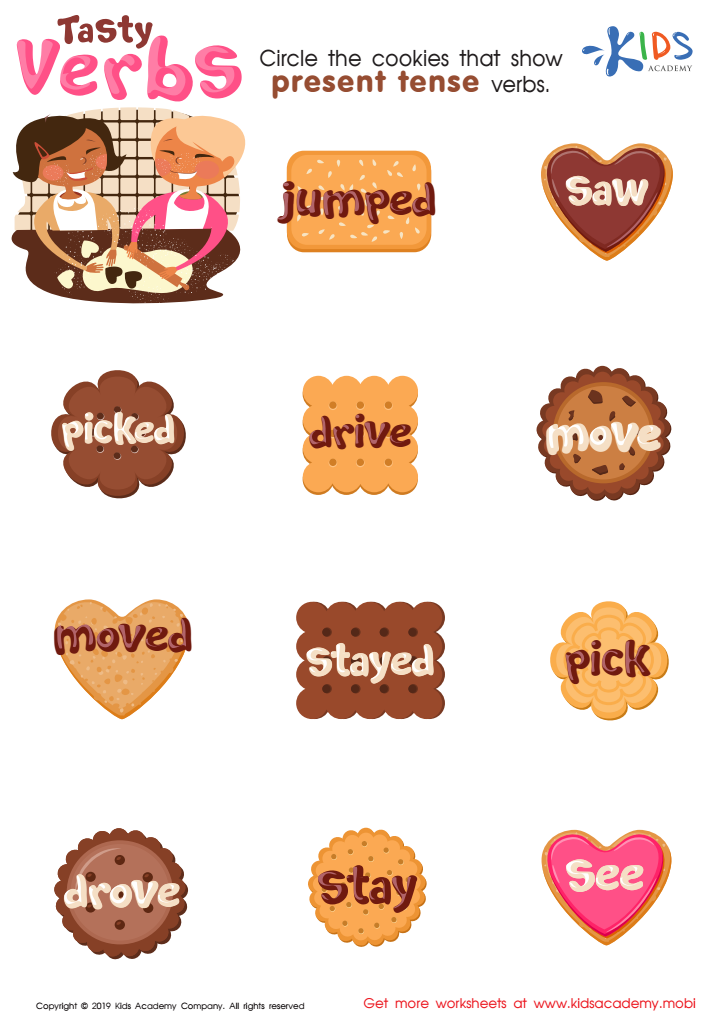

Tasty Verbs Worksheet
Verb identification and vocabulary building are crucial for children aged 3-8, making it essential for parents and teachers to pay attention to these developmental aspects. Verbs, which denote actions, play a pivotal role in language acquisition. By identifying and using verbs, children can express their thoughts, feelings, and experiences more clearly, enhancing their communication skills. Words such as "run," "play," and "think" not only enrich a child's vocabulary but also help develop their understanding of sentence structure.
Early vocabulary building lays the foundation for literacy skills, promoting reading comprehension and writing proficiency as children progress through school. When children grasp different verbs, they also start to understand contextual meanings, leading to better listening and conversational skills. Moreover, vocabulary development fosters cognitive skills, supporting critical thinking and creativity.
Moreover, the age of 3-8 is prime for learning—children are naturally curious and eager to absorb language. Interactive activities, storytelling, and play introduce new verbs in engaging ways, making learning enjoyable. By prioritizing verb identification and vocabulary building, parents and teachers can empower children, equipping them with essential language tools that will serve them throughout their lives. This investment in early education ultimately leads to improved academic success and better social interactions.

 Assign to My Students
Assign to My Students
